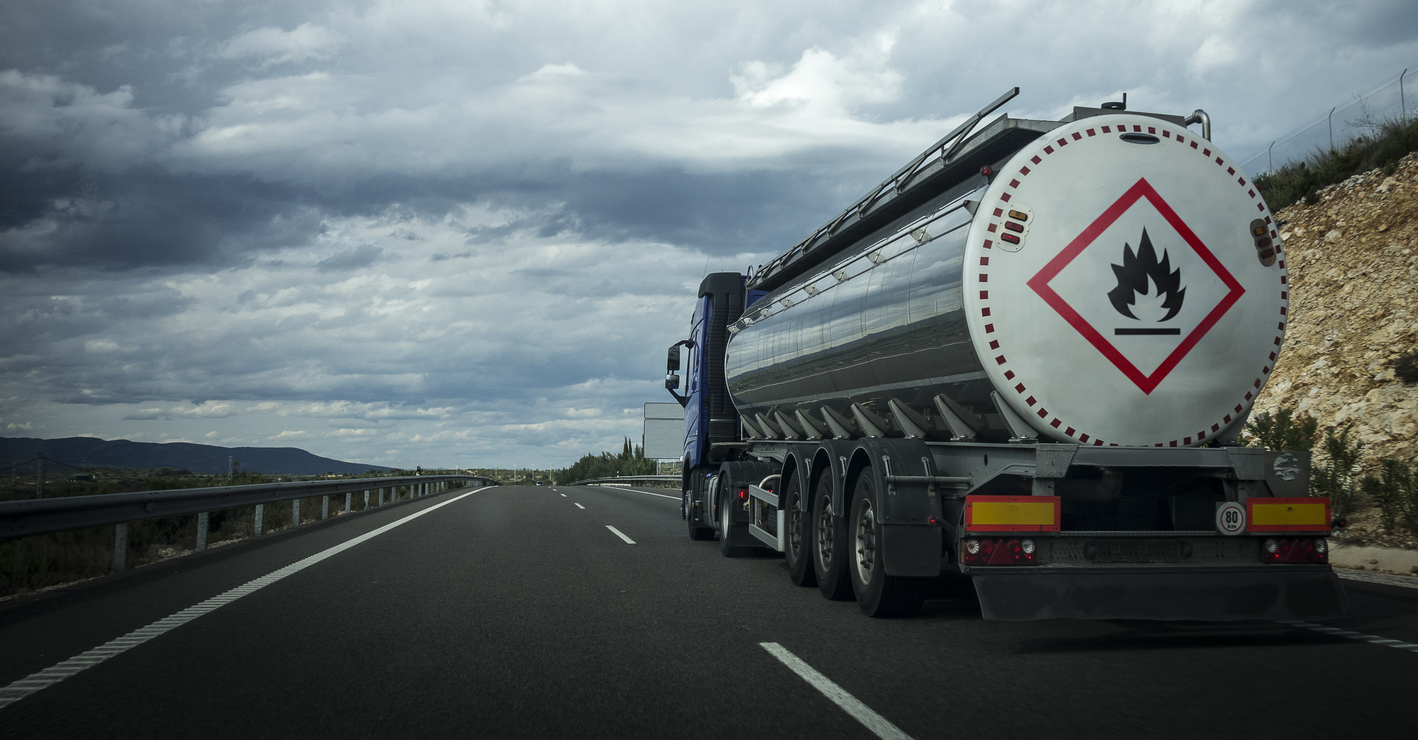
The Challenges of Transporting Hazardous Materials in Packages
By its very nature, the hazardous materials transportation sector, including its supply chain, faces several challenges (safety, environment, productivity).
The transportation of hazardous materials (HAZMAT) in packages is particularly complex, especially because it has specific requirements for a wide variety of goods: lithium batteries, aerosols, chemicals in bottles, drums, perfumes, paints, pool products, fireworks, ammunition... Whether it is about training, organization, skills, or competition, the issues are numerous.
In France, HAZMAT represents 5% of road freight traffic (16% of rail traffic and 15% of river traffic). Globally, across all types of traffic, 15% of exchanges involve hazardous materials.
Fuel for boilers, gasoline for vehicles, bitumen for roads, bottled products, aromatic essences, strong alcohols, medicines for hospitals... all sectors are concerned. For shippers, carriers, and customers, the goal is to satisfy a very diverse clientele while ensuring public safety and environmental protection.
Logistics and Risk Management
In 2016, in France, out of 174 incidents, 57% were related to road transport (14% concerned rail transport and 27% occurred within an ICPE or classified installation for the environment).
The objective of companies (as well as public authorities and the research world) is to provide tools to better assess risks and respond to them appropriately while always having an overall view and not focusing on a single type of activity.
The challenge is significant, as companies that manufacture, use, or transport hazardous materials must face risks at every stage, every link of the logistics chain: industrial sites, transport, temporary storage facilities, loading/unloading activities. Generally, the goal is not to separate risk management from logistics management.
The choices made in the latter for hazardous materials are inextricably linked to risk management. This is especially true for hazardous materials in packages, a separate link in the entire HAZMAT supply chain. In other words, the company's logistics strategy is intertwined with risk management and vice versa. Interaction must be the rule.
For example, some fixed installations are tempted to reduce their stocks of hazardous materials. They therefore increase transport and the associated risks. Moreover, it is not uncommon to see companies subcontract some of their activities (especially transport) to specialized companies that, in turn, subcontract.
This is particularly true for hazardous materials in packages. The multiplication of actors hinders the proper integral management of the logistics chain. In risk assessment, the question of the responsibility of the sender(s) is important, especially when there are many stakeholders.